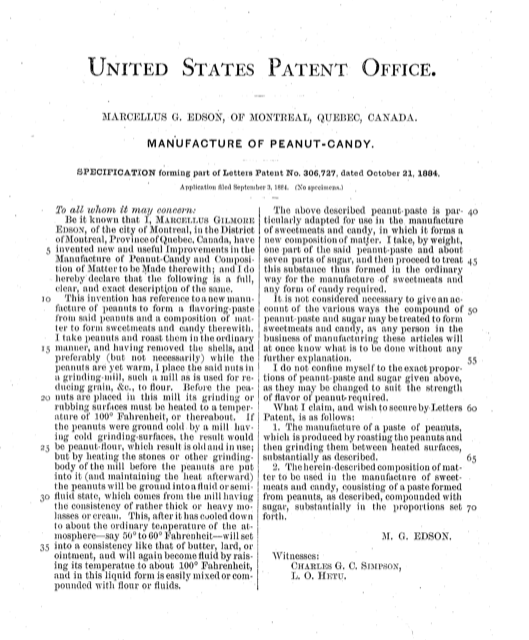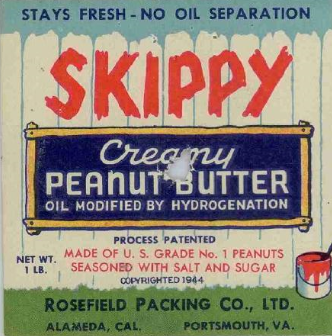Peanut Butter’s Humble Canadian Roots
Crunchy or creamy, peanut butter has earned its position as a favourite snack amongst adults and kids everywhere. Chances are, unless you’re allergic of course, you have a jar of peanut butter (or more) sitting in your pantry as we speak ready to be spread on toast, baked into cookies, or mixed into an Asian Peanut Sauce to be drizzled over a stir fry. In fact, according to the Peanut Bureau of Canada, 94 per cent of Canadians have peanuts or peanut butter in their household. In case you needed another reason to celebrate this iconic pantry staple, did you know that peanut butter has humble roots as a Canadian invention?
Invention
Commercialization
Towards the end of the century, Dr. John Harvey Kellogg began touting peanut butter as an accessible protein source for those who couldn’t chew and a healthier alternative to meat. By World War I, Kellogg’s advice caught on as U.S. consumers turned to peanuts as a result of meat rationing. Peanut butter was an effective answer to government promoted “meatless Mondays.”


Krema Products Company is said to be the oldest peanut butter company, originally going by the name “The American Refining Company.” Then, taking a page from the modern peanut butter zeitgeist, they offered a 100% natural product with no added sugar or salt – the only ingredient was peanuts. The problem then, as many natural peanut butter enthusiasts may be familiar with, is that 100% natural peanut butter requires a vigorous stir to prevent oil separation.
Enter hydrogenated oil. Chemist Joseph Rosefield introduced partially hydrogenated oil to make peanut butter smooth and keep the oil from separating in 1922. He later went on to produce his own brand of peanut butter, Skippy.
We’ve arrived at modern day creamy peanut butter, but there is so much more to peanut butter’s story and rise to cultural phenomenon. Don’t miss part 2, when we cover iconic peanut butter campaigns and the introduction of peanut butter’s perfect mates.

